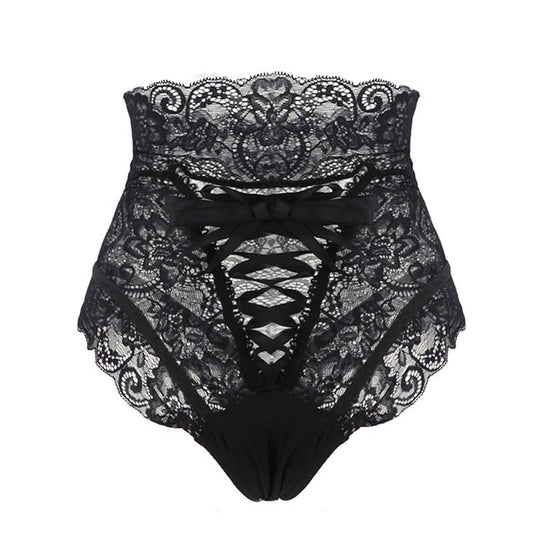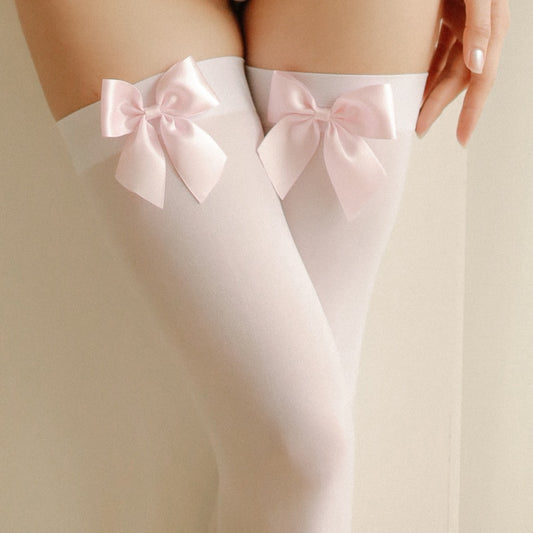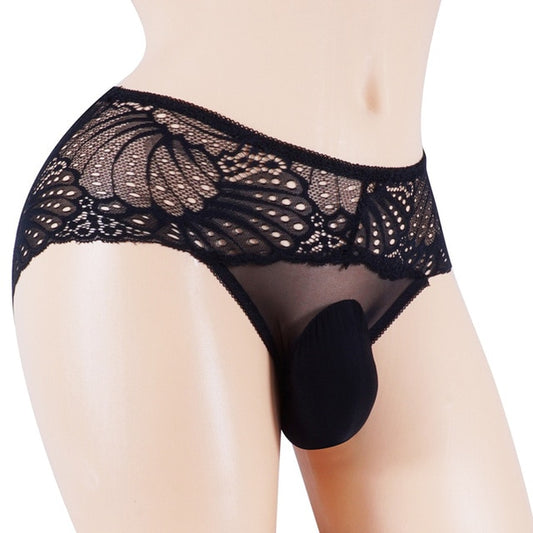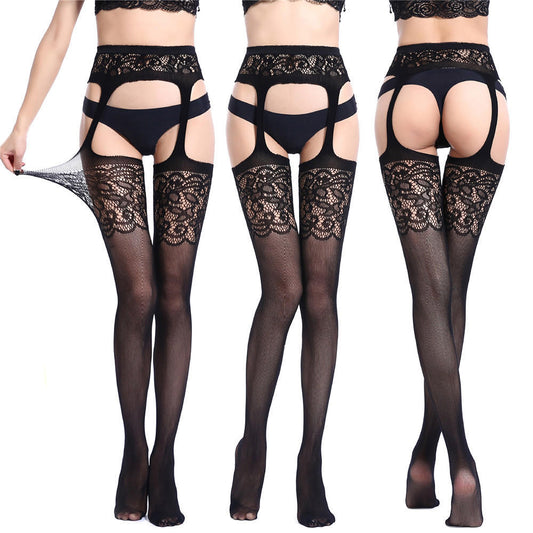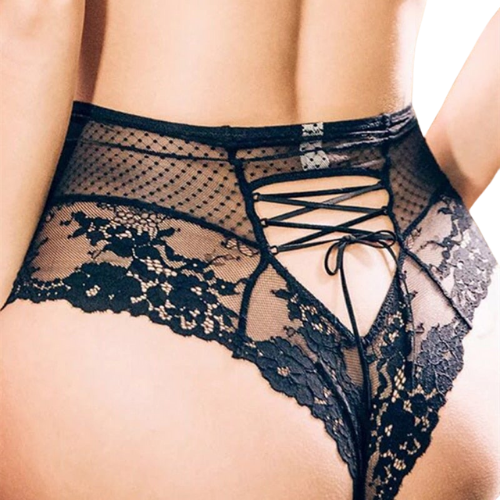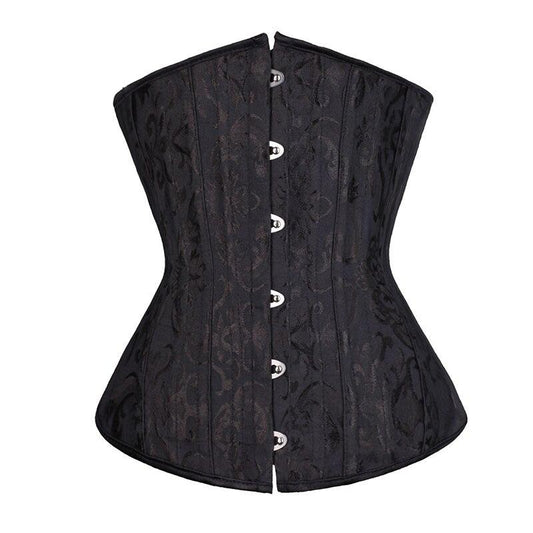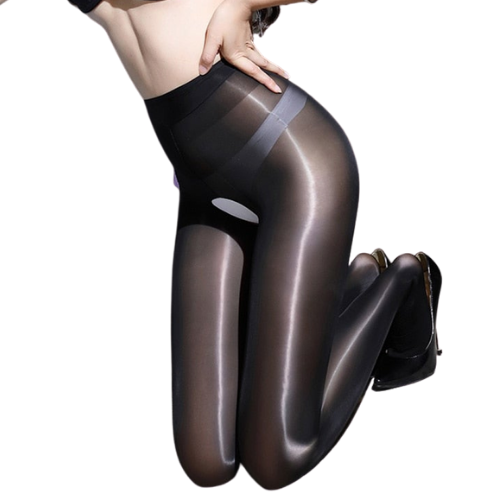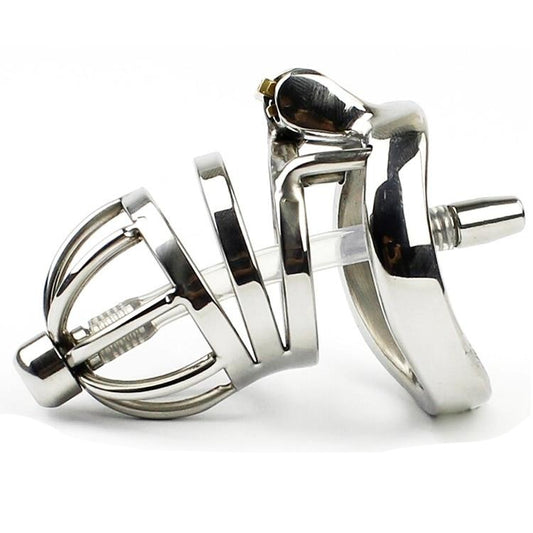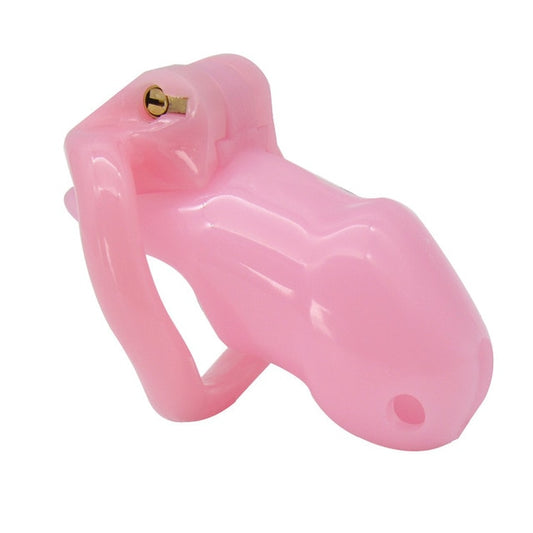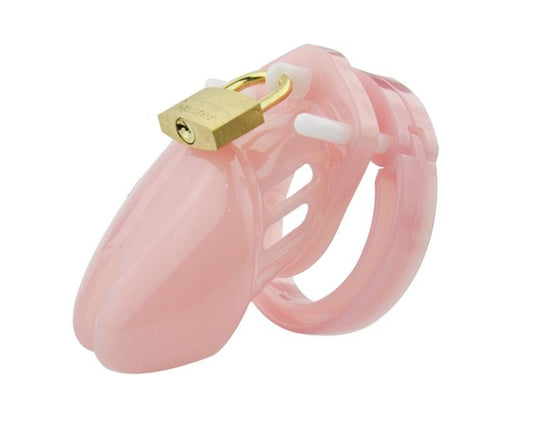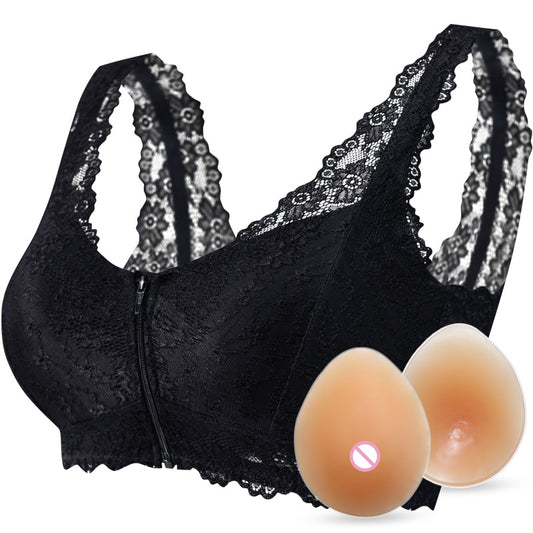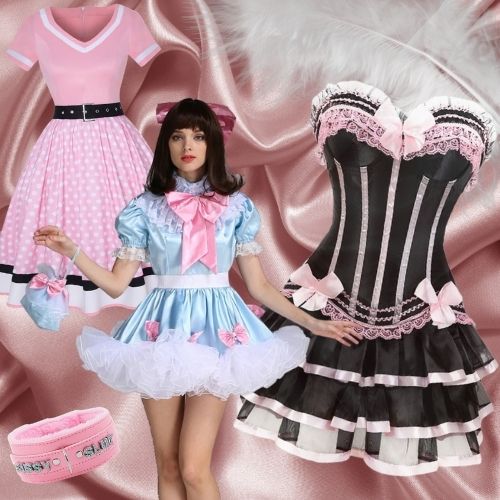The concept of male feminization is not a new one, with many famous men throughout history indulging in it. From ancient Egyptian men connecting with goddesses to Oscar Wilde's love for fashion and cross-dressing, the reasons for male feminization are varied and complex. This article will explore the history of male feminization, and its significance in shaping the present and future of gender expression.
Feminization of men has been a topic of discussion for centuries, with many famous men throughout history indulging in it. The concept of male feminization is not new, and it can be traced back to ancient times, where many men would don women's clothing and take on female roles in society. The reason for this varies from person to person, with some doing it for aesthetic or personal reasons, while others do it as a form of political or social protest.
One of the most famous examples of male feminization in history is that of the ancient Egyptians. Many Egyptian men, particularly those in the upper classes, would dress in women's clothing and adopt feminine mannerisms as a form of religious and cultural expression. This was a way for them to connect with the goddesses of their religion and to celebrate the feminine aspect of life.
Another example of male feminization can be found in the court of Louis XIV, the French king from 1643 to 1715. Many of the men at court would indulge in cross-dressing and adopt feminine mannerisms as a form of entertainment and to show off their wealth and status. Louis himself was known to have a passion for fashion and would often wear women's clothing, particularly during his younger years.
The 19th century saw the rise of the "femme fatale" in literature and theater, with many male actors donning women's clothing to play these seductive and mysterious female characters. Oscar Wilde, a prominent playwright and poet of the time, was known for his love of fashion and his fondness for cross-dressing. He would often be seen in public wearing women's clothing, and his plays often featured characters that blurred the lines between gender roles.
In more recent times, the feminist movement has brought attention to the issue of male feminization and has led to a greater acceptance of men who choose to express themselves in a more feminine manner. Many men in the LGBTQ+ community have embraced femininity as a way to challenge traditional gender roles and to express their true selves.
Despite the long history of male feminization, it is still a topic that is met with mixed reactions in society. Some see it as a form of self-expression and liberation, while others view it as a form of rebellion or even as a threat to traditional gender roles.
In conclusion, the history of male feminization is a complex one that has been shaped by cultural, religious, and societal influences. From ancient times to the present day, men have been expressing themselves in a more feminine manner for various reasons. The feminist movement has brought attention to the issue and led to greater acceptance of men who choose to express themselves in this way. However, it's still a topic that is met with mixed reactions. Through understanding the past, we can better understand the present and shape the future of gender expression.




